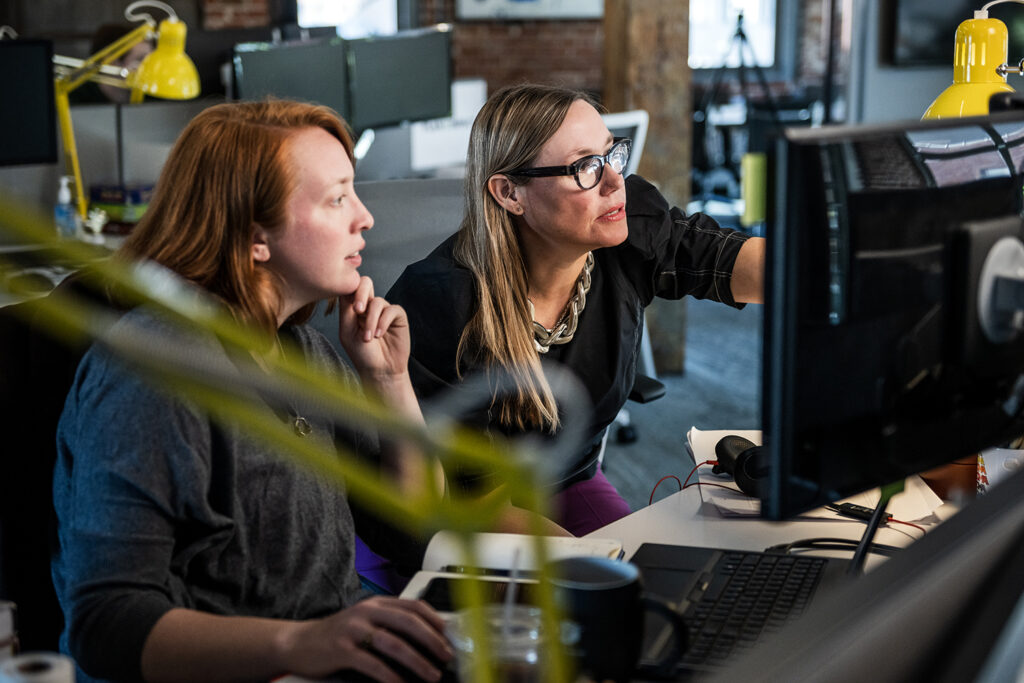DRAW’s mission of POSITIVE IMPACT DESIGN supports sustainability, net positivity, and carbon neutrality. To this end, we implement a holistic process that involves multiple iterations and reviewing the design at multiple stages using various tools to measure its resource impact. It is critical that we quantify and analyze the effects of the proposed strategies and not merely assume that the proposed approach will automatically result in a positive impact.
Establishing an effective workflow with design and material strategy checkpoints is essential in our drive towards sustainability. At DRAW, our sustainability workflow goes hand in hand with the design process from predesign stage to the construction documents stage.
Pre-design Stage
At this stage, we establish initial sustainability goals after studying the site location and analyzing the program. We choose the most efficient passive strategies and the most efficient structure orientation to optimize building performance.
We also share the established sustainability goals and their value with the client and team consultants and consider the pursuit and viability of certification.
Schematic Design Stage
Here, we study the quantitative effects of the passive strategies and building orientation through design simulation. This examination helps us determine the most efficient strategies. We analyze daylighting, thermal comfort, energy use, and perform a sun shadow study to optimize the window to wall ratio and efficient shading methods. The main goal at this stage is energy reduction by optimizing all aspects of building performance.
We not only consider building performance at this stage but the site performance as well. We simulate the proposed site design and test strategies to decrease impermeable surfaces to reduce site runoff and heat island effect.
Design Development Stage
This stage is the most critical as multiple design and system determinations occur. Here, we dive into system selection, energy cost analysis, water consumption reduction, material and finishes, and design optimization. We run simulations to compare different materials and systems, ensuring quantitatively informed decisions. Additionally, we perform energy cost analysis for each system to measure the ROI and ongoing operational costs. We specify products with longer life cycles, cradle-to-cradle certification, and low VOC products, to reduce carbon impact and avoid adverse health effects. The total carbon footprint of the project is then calculated using PlanIT. https://www.planitimpact.com/
To mitigate site runoff, we implement additional site strategies like bioswales, alternate water sources, rain gardens, use of native plants, and consider the overall composition of site materials.
Construction Document Stage
It is critical to ensure that the construction drawings thoroughly convey the proposed design and sustainability strategies and materials selected in the previous stages. We conduct a final simulation to determine if any design revisions have impacted building performance. Most critically, we compare the established predesign phase goals to the final proposed design, ensuring we achieve and exceed the intended objective.
The essential aspect of DRAW’s positive impact design is to begin the process early. By acquainting the clients, consultants, and other stakeholders with the proposed strategies and quantified simulation results, we can follow through on the sustainability goals from predesign to CA. We implement different strategies and review established targets at each stage in our process, providing a measured, systematic path to accomplishing our sustainability goals.




